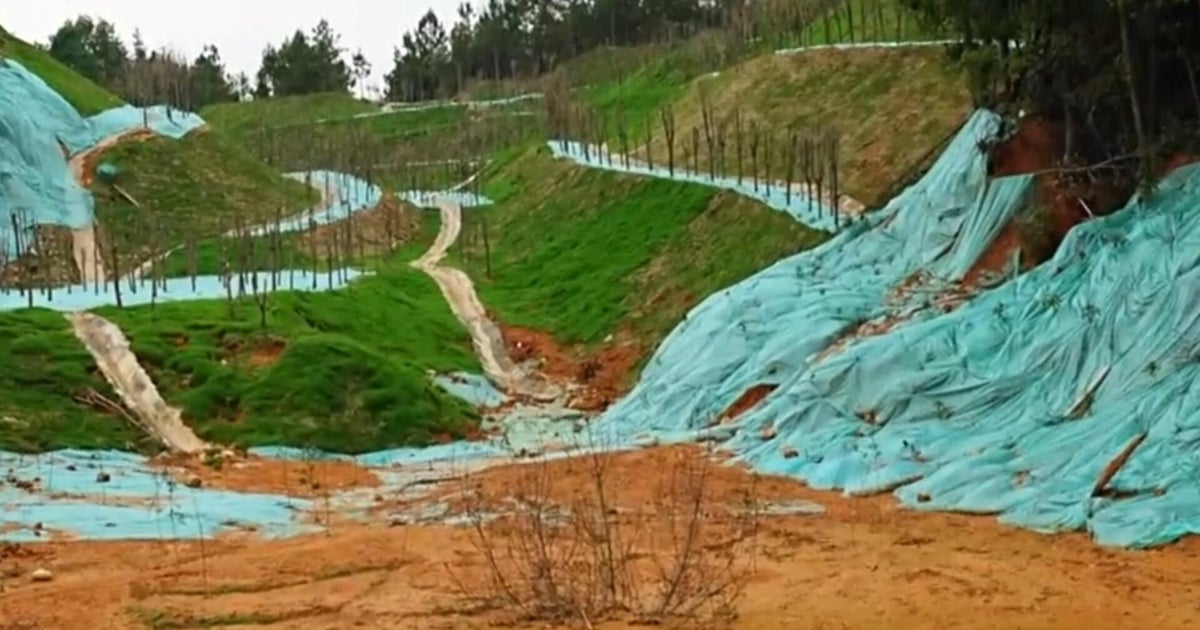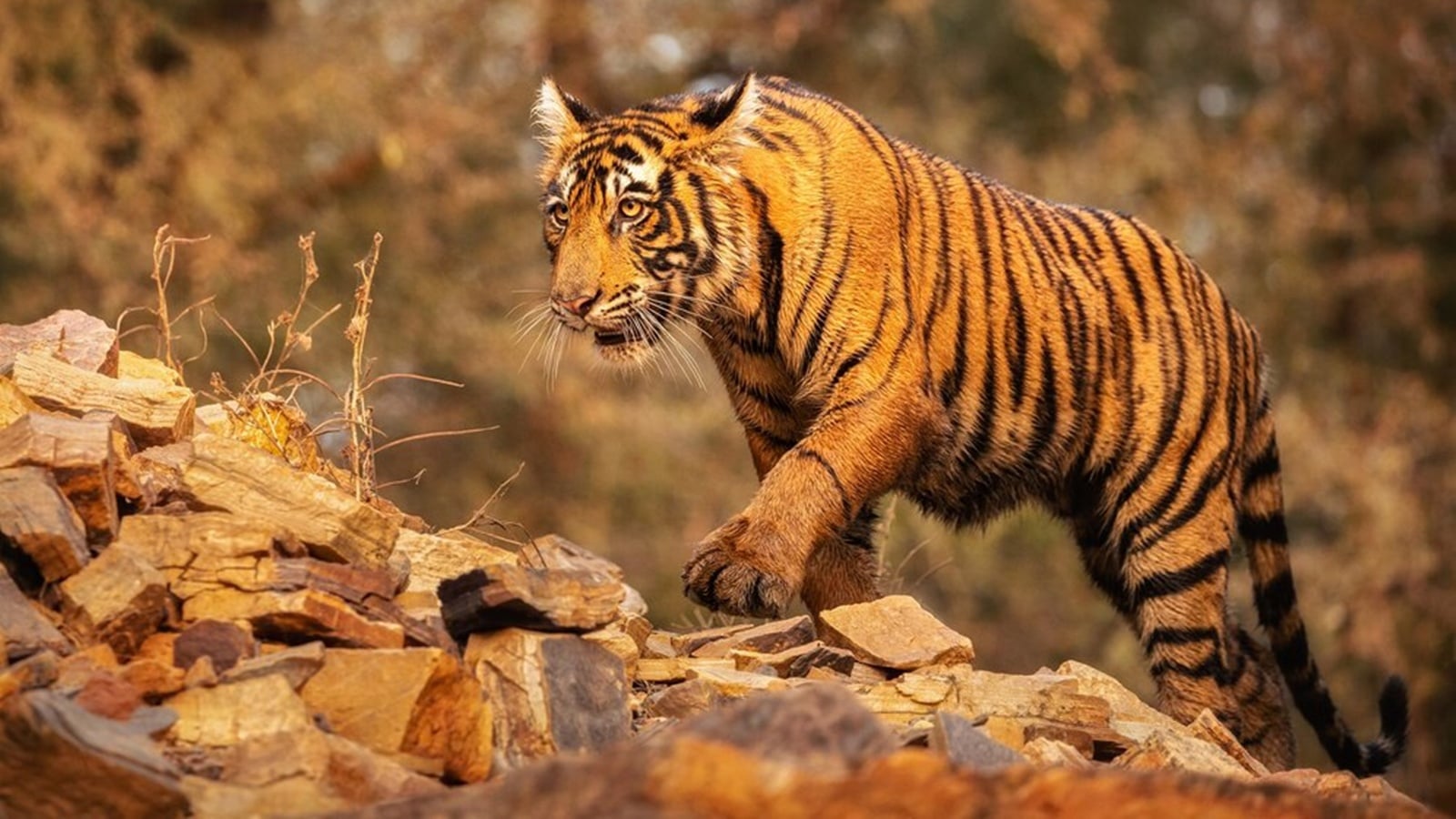When the last elephant falls, humanity falls too
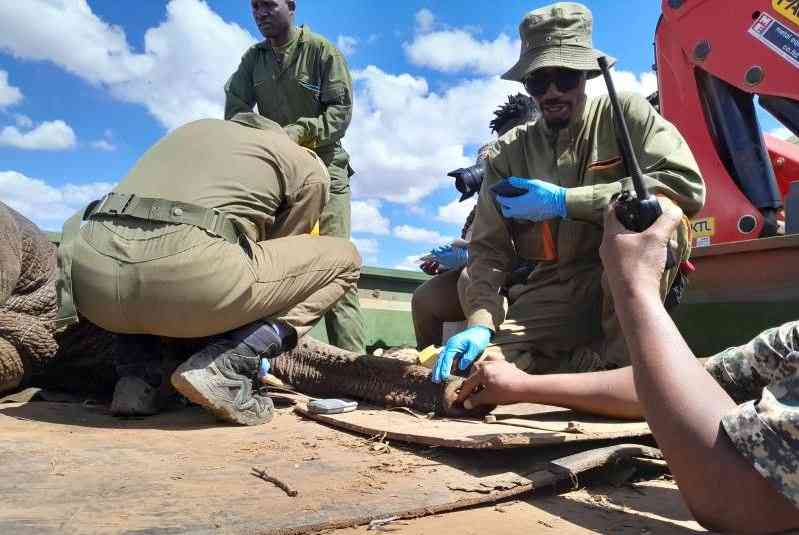
Standing at Nairobi National Park, where ivory once burned in defiance of poaching, Prof Erustus Kanga, Director General of the Kenya Wildlife Service (KWS), delivered a stirring reminder: “When the last elephant falls, a part of humanity’s soul will die with it.”
He was addressing a gathering of conservationists, scientists, corporate leaders, and community members during a gathering to witness the launch of an extraordinary documentary, ‘‘Tsavo: A Moment in Time’’ by a conservationist, Simon Trevor.
During the meeting where he shared the success story of KWS, his key message was clear—Kenya’s conservation story is one of extraordinary triumphs and daunting challenges, and the future lies in the choices we make today.
Kanga celebrated an extraordinary milestone, announcing that Tsavo’s elephant population had surpassed 15,000 for the first time since 1973. This remarkable recovery, he added, stands as a testament to what determination and action can achieve.
Reflecting on progress, he highlighted successes like the Ngulia Rhino Sanctuary’s zero poaching incidents, attributed to expanded safe passage corridors and pioneering veterinary techniques that have reduced rhino translocation mortality by 40 per cent.
In his address, he emphasised that technology had become an invaluable ally.
“EarthRanger’s real-time tracking has intercepted 17 poaching gangs mid-operation, while LoRa WAN sensors near Tsavo villages have reduced human-wildlife conflict by 30 per cent benefiting both farmers and elephants,” he said.
Rangers, the unsung heroes of conservation, he noted, are now better equipped than ever, with 500 new housing units built to boost morale.
Yet challenges remain. “I recently visited a ranger outpost where six officers shared a single 10x10 room. This is unacceptable,” he remarked, urging further investment in the infrastructure needed to empower these protectors of Kenya’s wildlife.
Despite these victories, Kanga reminded the audience, “Progress is not permanence. For every elephant calf born this year, there’s a poacher’s snare waiting in the bush.”
He described KWS’s Strategic Plan for 2024-2028 as a “battle plan for species survival,” with priorities such as establishing 500 security bases, building 3,000 ranger housing units, and achieving 100 per cent tech coverage in high-risk areas.
This strategy, he explained, integrates conservation with community benefits, tourism growth, and technological innovation. For instance, upgrading Mulika Airstrip in Meru National Park aims to create economic alternatives to poaching while strengthening local communities’ ties to conservation efforts.
The power of partnerships emerged as a recurring theme in Kanga’s speech. Conservation, he stressed, is never a solo mission.
The launch of ‘‘Tsavo: A Moment in Time’’ exemplifies this collaboration, with every frame showcasing what’s possible when communities, scientists, and policymakers unite for a common cause.
Kanga called on attendees to commit to conservation through tangible actions, such as adopting ranger housing units, equipping command centres with real-time tracking systems, training community scouts, and investing in infrastructure to create Kenya’s next great wildlife destinations.
“Conservation is not charity—it’s the smartest investment any of us can make,” he stated, underscoring wildlife’s vital role in Kenya’s heritage and economy.
Trevor shared his perspective on the transformative power of storytelling.
“This film isn’t just about elephants or the ivory trade—it’s about Kenya’s story, told through the lens of a place that has seen humanity at its best and worst,” he remarked.
Trevor’s commitment to conservation shines through the documentary, which captures both the beauty and challenges of protecting Tsavo’s unique ecosystem.
Mary Njoroge, a leader from Tsavo’s neighbouring villages, reflected on how conservation has transformed local lives.
“We’ve come a long way in understanding the value of coexistence. LoRa WAN sensors have been a game changer, saving lives—both human and wildlife,” she said.
Njoroge emphasised that conservation is a partnership, not a one-sided effort, and praised initiatives that empower communities to share in conservation’s success.
Wildlife researcher, Dr Hassan Maloba, echoed Kanga’s urgency, presenting data from recent studies to highlight the evolving threats facing Tsavo’s elephants.
“Poaching networks are adapting—we must innovate faster,” he warned. Maloba underscored the importance of increased funding and technological innovation, concluding, “Every ranger’s efforts, every drone flight—it all adds up to the story we tell tomorrow.”
As Kanga addressed the audience, his words carried the weight of history and hope.
Standing where ivory was once reduced to ashes, he reflected, “extinction is permanent. But so is legacy. Let us leave a legacy of thriving ecosystems, empowered communities, and a Kenya where wildlife and people grow together.”
The launch of Tsavo documentary served as a poignant reminder that conservation is not just about saving animals—it’s about safeguarding the soul of humanity itself.
Njoroge captured this sentiment best when she said, “When we invest in conservation, we invest in a better future—not just for wildlife, but for all of us.”
You may also like...
Diddy's Legal Troubles & Racketeering Trial
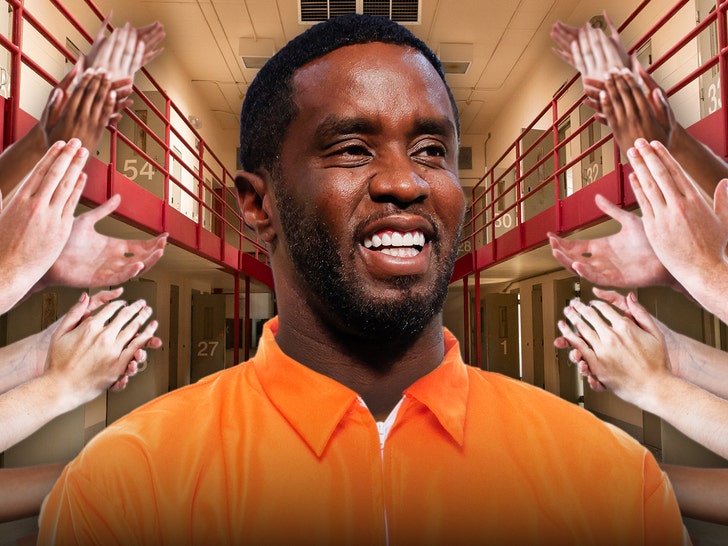
Music mogul Sean 'Diddy' Combs was acquitted of sex trafficking and racketeering charges but convicted on transportation...
Thomas Partey Faces Rape & Sexual Assault Charges

Former Arsenal midfielder Thomas Partey has been formally charged with multiple counts of rape and sexual assault by UK ...
Nigeria Universities Changes Admission Policies
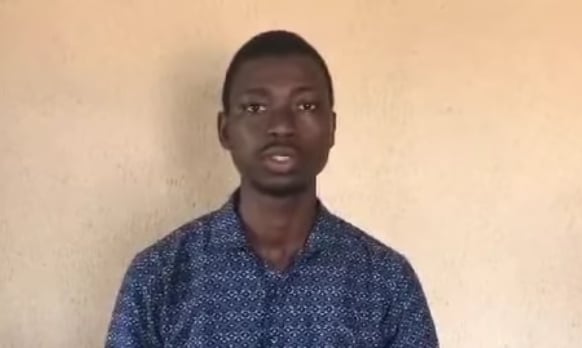
JAMB has clarified its admission policies, rectifying a student's status, reiterating the necessity of its Central Admis...
Ghana's Economic Reforms & Gold Sector Initiatives
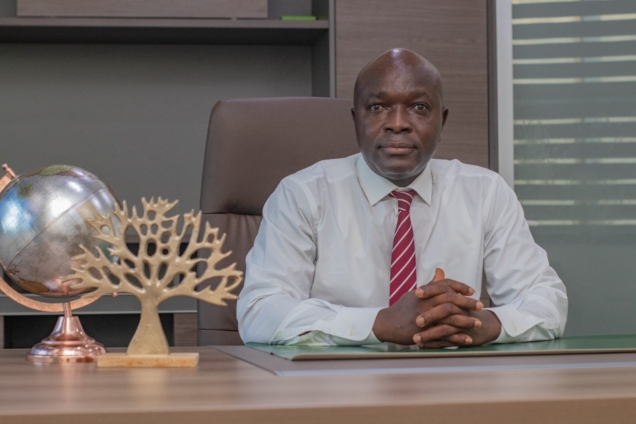
Ghana is undertaking a comprehensive economic overhaul with President John Dramani Mahama's 24-Hour Economy and Accelera...
WAFCON 2024 African Women's Football Tournament

The 2024 Women's Africa Cup of Nations opened with thrilling matches, seeing Nigeria's Super Falcons secure a dominant 3...
Emergence & Dynamics of Nigeria's ADC Coalition

A new opposition coalition, led by the African Democratic Congress (ADC), is emerging to challenge President Bola Ahmed ...
Demise of Olubadan of Ibadanland
Oba Owolabi Olakulehin, the 43rd Olubadan of Ibadanland, has died at 90, concluding a life of distinguished service in t...
Death of Nigerian Goalkeeping Legend Peter Rufai

Nigerian football mourns the death of legendary Super Eagles goalkeeper Peter Rufai, who passed away at 61. Known as 'Do...


